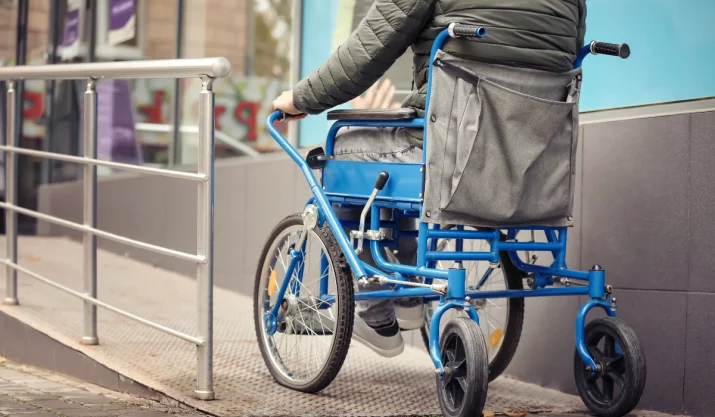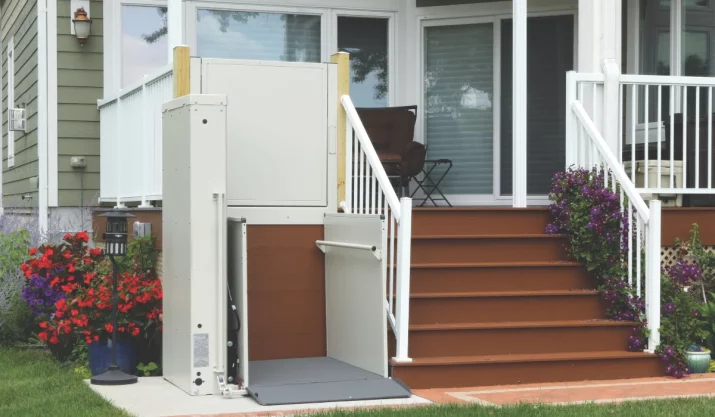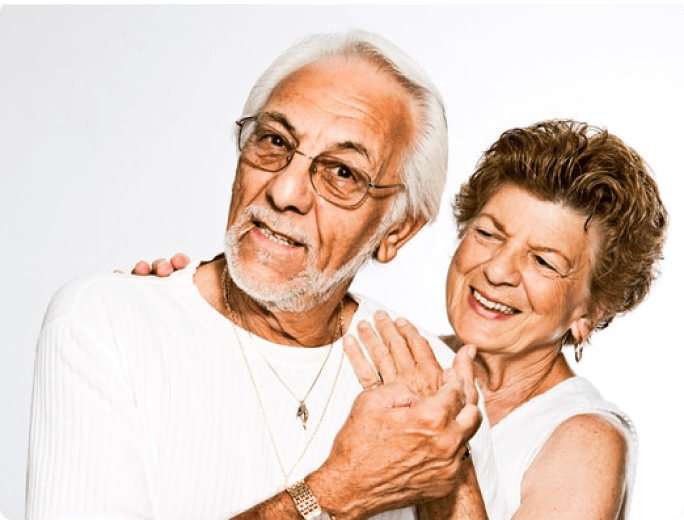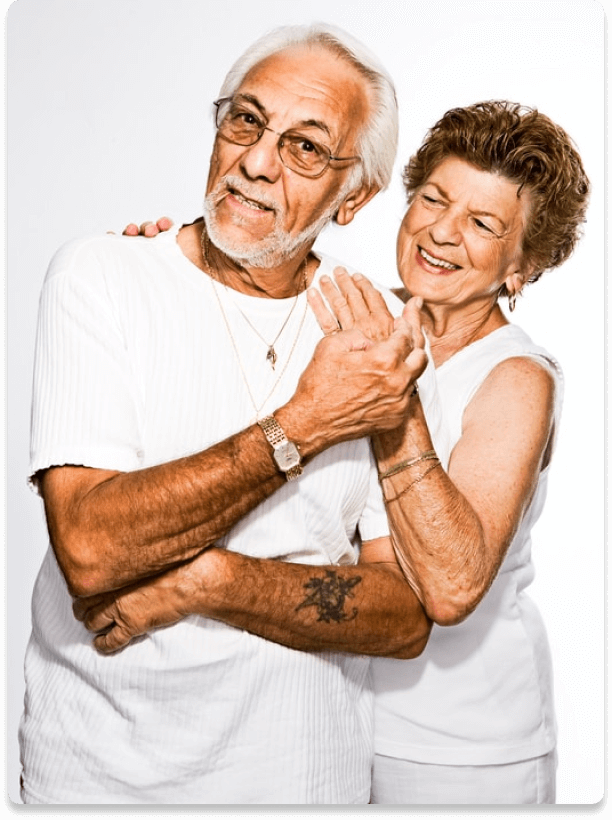11 Things you Can Do To Prevent Household Falls
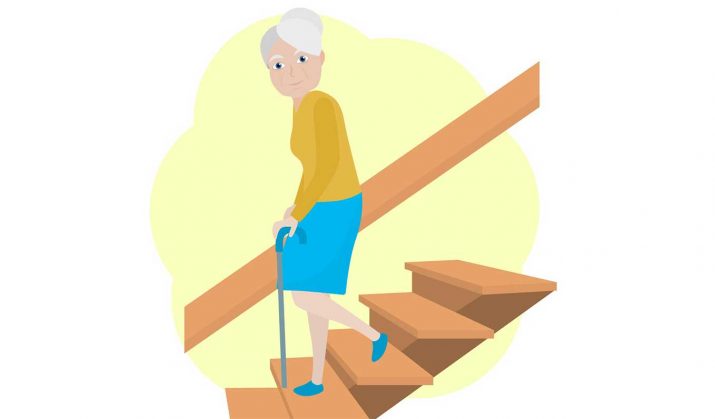
Table of Contents
- 1. Install a Stairlift
- 2. Make a Risk Zone List
- 3. Add More Lights
- 4. Exercise Your Mind
- 5. Exercise Your Body
- 6. Wear Sensible Footwear
- 7. Install Bed Rails
- 8. Install Bathroom Safety Accessories
- 9. Add a Walk-in Tub
- 10. Be Careful Around Rugs
- 11. Speak Honestly with Your Family and Friends
- Final Thoughts
Everyone falls, but as we age, falls can become a more serious risk. In fact, falls are the leading cause of accidental injury for those of us over the age of 65. Studies report that the vast majority of falls occur within our own home with a staggering number of 72.8%. It’s vital that you look out for yourself by making sure you’ve done everything possible to prevent them from occurring in your home.
In this article, we’ll go over eleven of the best tools and tips for preventing falls. From installing new appliances to simple behavioral changes, here are eleven ways to keep yourself safe from falls!
1. Install a Stairlift
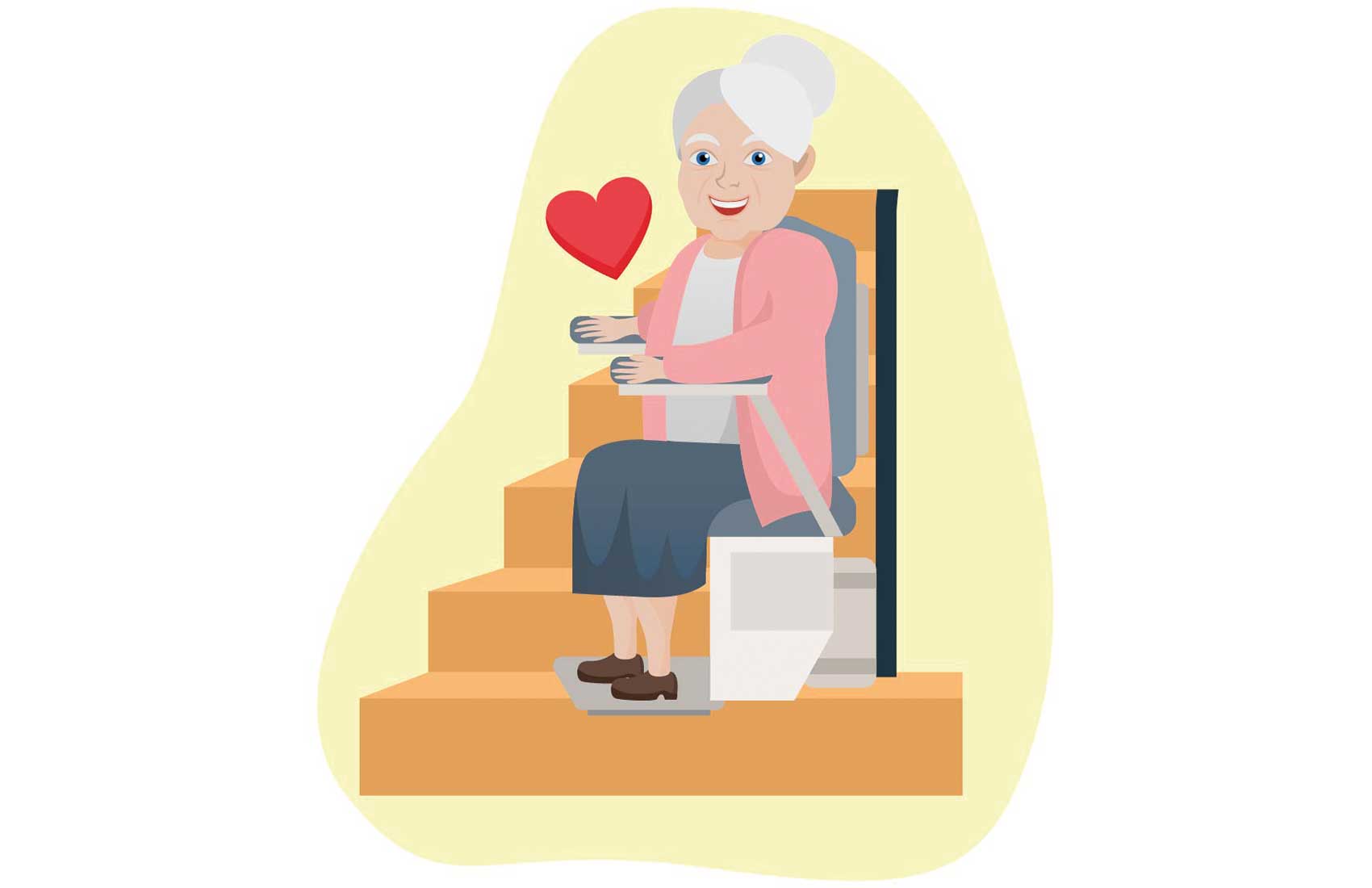
If you live in a multistory home, a stairlift might be necessary to help prevent serious falls. Stairs are one of the most dangerous places in the home, especially for aging adults.
Stairlift prices, styles, and functions vary, so make sure to do your research. The best stairlifts will work with the design of your home to make your life easier, safer, and more comfortable.
2. Make a Risk Zone List
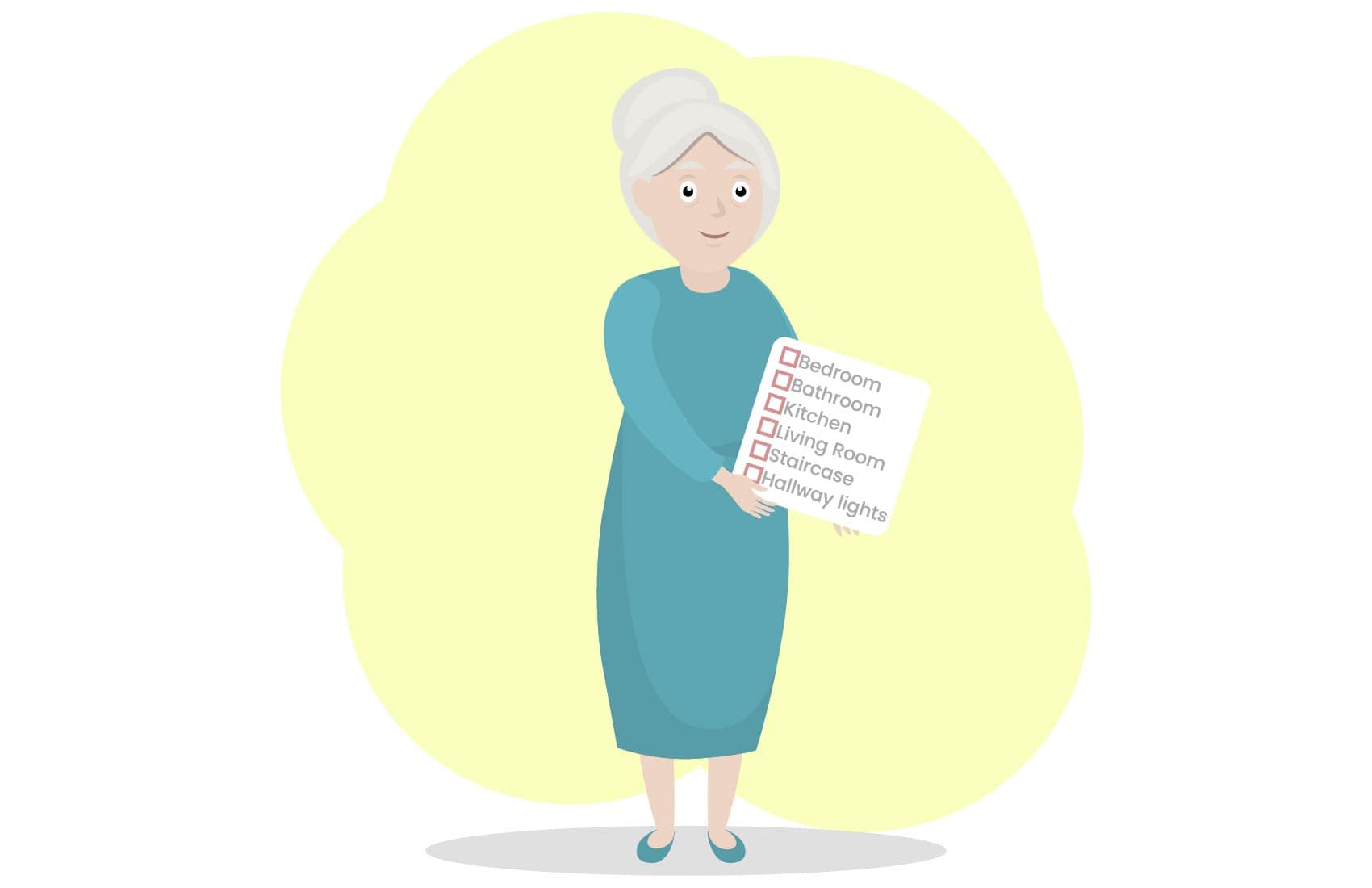
One great way of preventing falls is to acknowledge the risky places in your home. Writing these risk zones down will serve two functions.
First, making a list of areas where you might fall will help you think of more places in which you need to be careful. Maybe there is an odd step you hadn’t considered or somewhere your grandchildren often leave stray toys?
Second, making a list will help commit these areas to memory. The simple act of taking notes and writing things down has been proven to increase working recall. Consider applying this logic to fall prevention.
3. Add More Lights
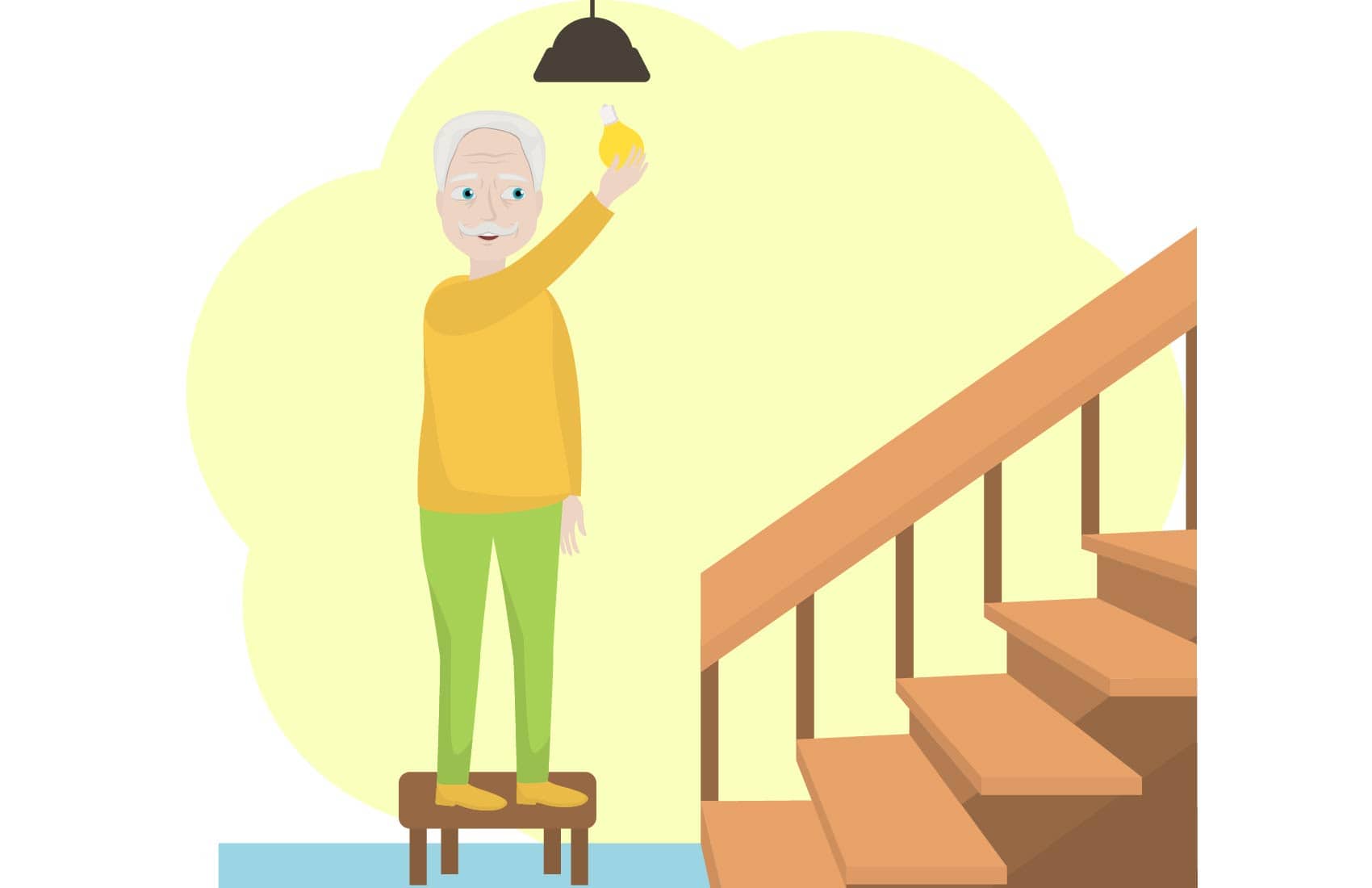
One common cause of falls is insufficient lighting. You can prevent this by installing more lighting fixtures in the house. Adding night lights at key locations around the house that might be dangerous or installing other types of lighting devices, such as light systems for door-frames or strings of lights around the house where they can’t be stepped on are very important to keep the house free from falls.
You can save energy and further protect yourself by choosing an automatic or motion-activated night light. This way, there is no need to manually turn the light on and off every time you pass through.
And there is no reason to stop your lighting conversions there! Installing clap-on or motion-activated lamps and overhead lights is another great way of reducing the likelihood of a fall.
4. Exercise Your Mind

This might seem like common sense; however, we are all guilty of losing focus every now and then. As an aging adult, you’ll need to keep your “eye on the ball” when it comes to preventing falls. Keeping your mind engaged can help with increasing your focus, which should help with walking throughout your home as you’ll be more aware of your surroundings.
There are tons of great brain games for seniors you can play to help increase and maintain your focus. Then, apply this focus every time you pass through an at-risk area in your home.
5. Exercise Your Body
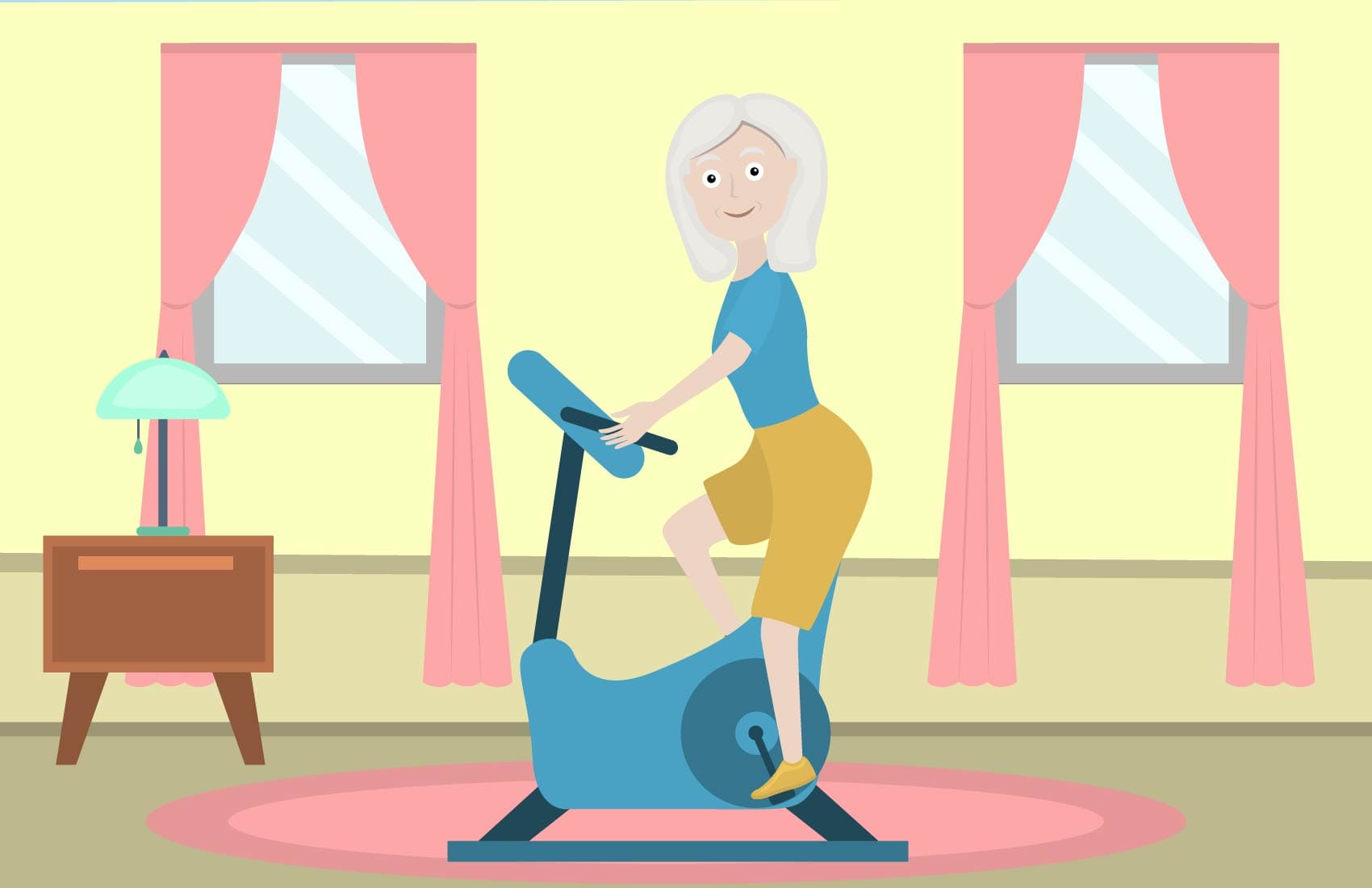
Staying in shape is one of the best ways to prevent injuries of all types. You’ll probably want to consider both strength and endurance training. Improving your strength will help with balance while increased endurance can help prevent falls after a long day.
Many strength exercises can be modified to make them safer for seniors. Consider seated or floor exercises that can improve strength with less risk of injury or mishap.
Engaging in activities such as gardening or walking around the block are great ways of staying in shape, boosting endurance and preventing falls. You’ll also notice a lot of other quality of life improvements if you stick to a regular walking routine.
6. Wear Sensible Footwear
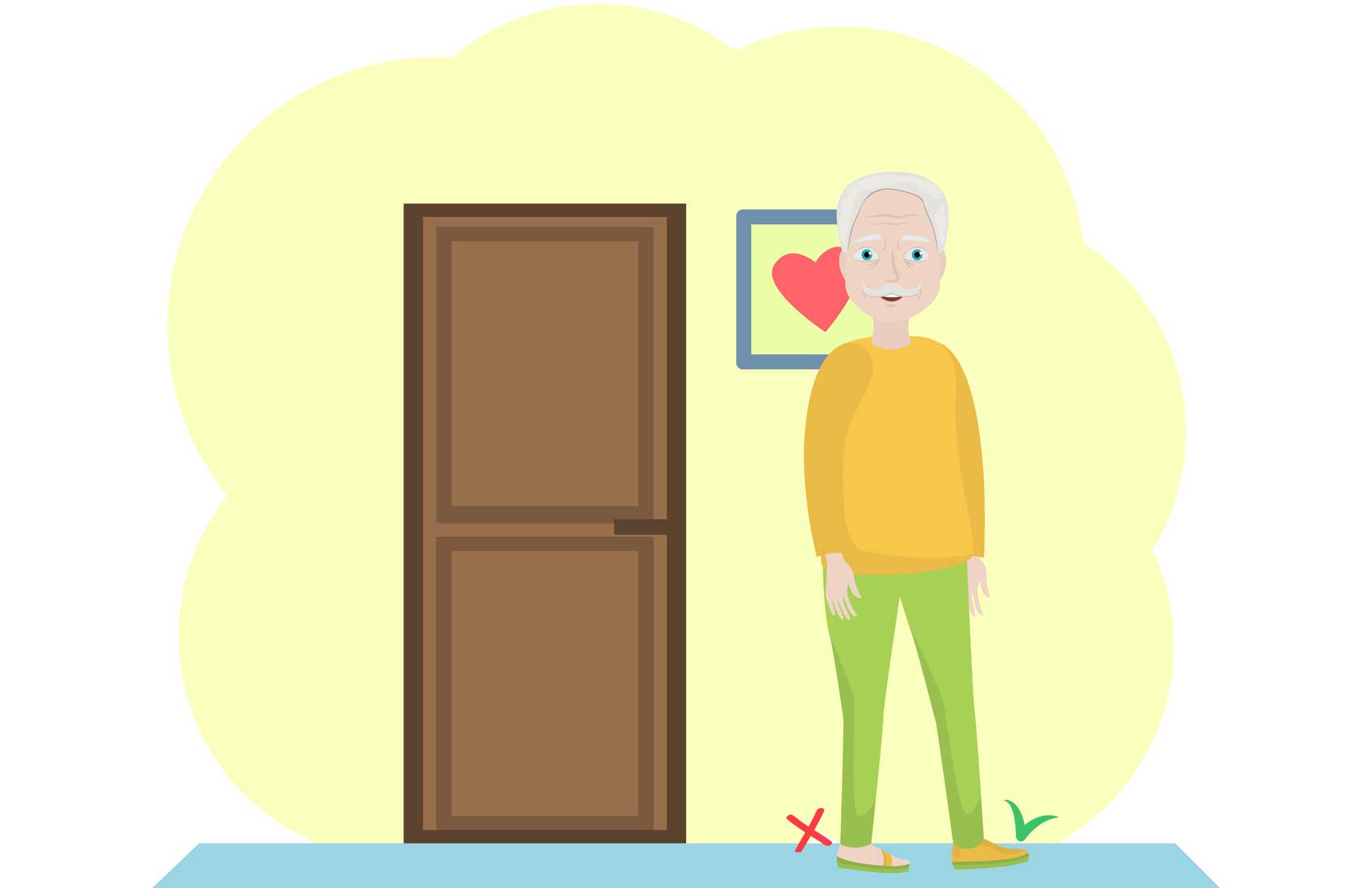
One big risk factor you can remove from your life are shoes that put you at greater risk of falling. Shoes that sit high or leave your foot at an angle such as thick padded heels are not good options for footwear. These types of shoes are difficult to walk in and tiresome on the best of days.
Consider something comfortable with good arch support. This will increase your lower-bodies’ endurance throughout the day. Good posture and proper ankle positioning will help with walking throughout your home.
7. Install Bed Rails
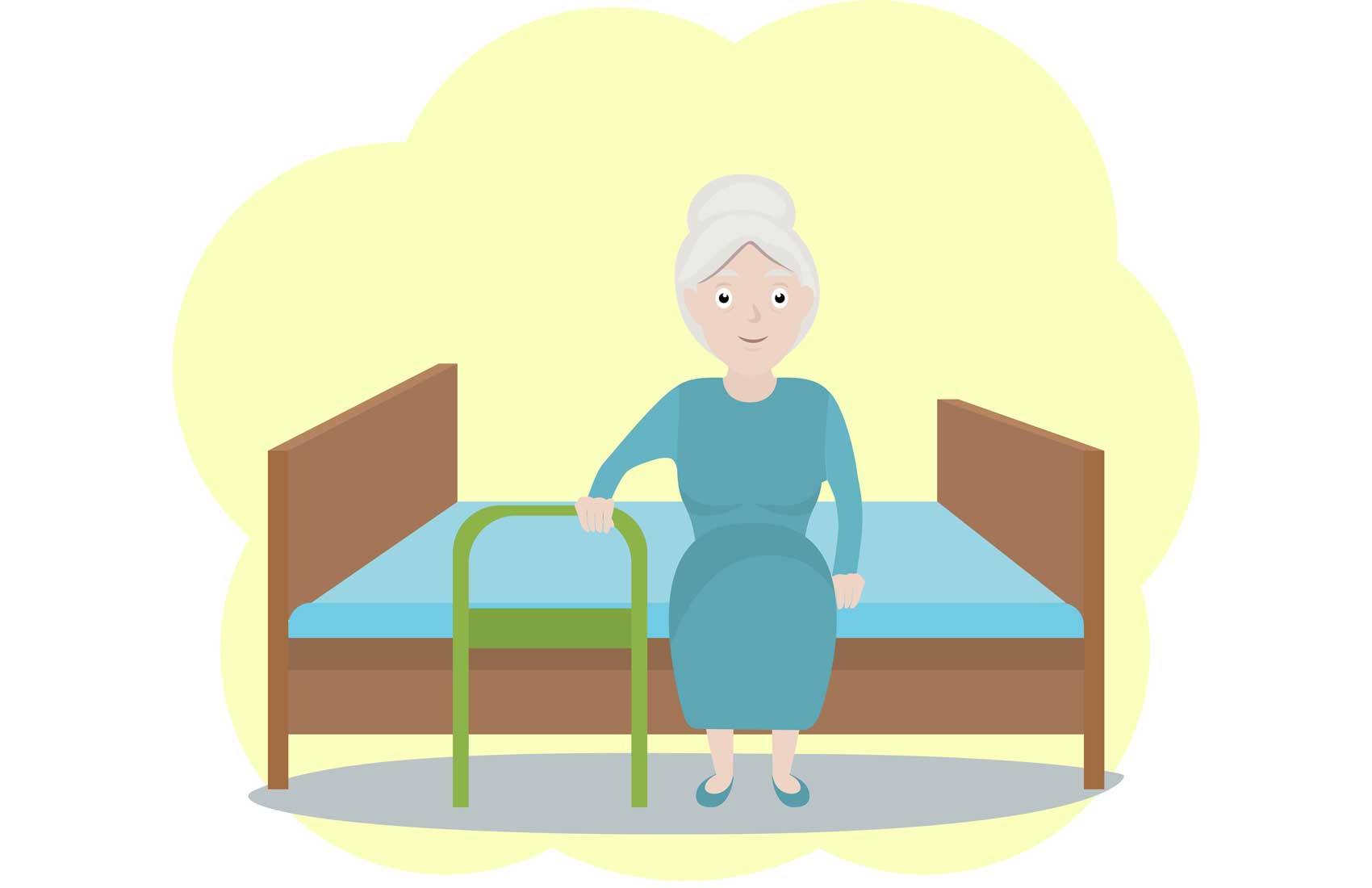
Getting in and out of bed is a risky part of the day for seniors that might be prone to falls. Further, beds are typically elevated, that means any falls in this zone are more likely to be serious.
You’ll need to be extra careful and take precautions in this area and time of day. Installing bed rails is a must for many seniors looking to prevent falls.
8. Install Bathroom Safety Accessories
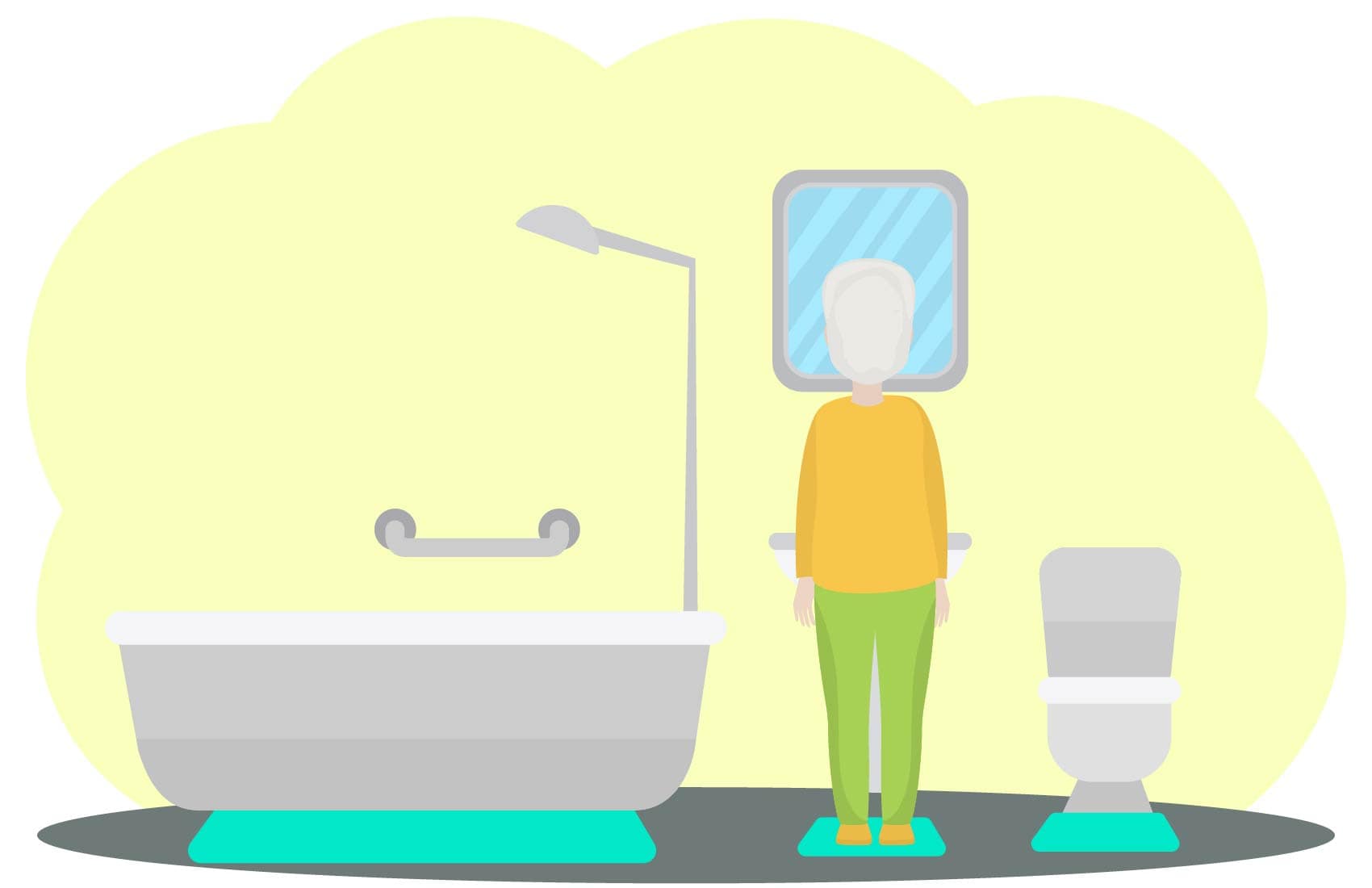
The bathroom is one of the most dangerous places in the home for seniors, typically because of wet floors. There are many places in the bathroom that can be modified to make them much safer.
For instance, adding support bars next to the toilet or installing a higher-seated toilet can facilitate standing up, making falls much less likely. Also, adding a couple of non-slip rubber mats to the floors near wet areas will protect your feet from losing grip, preventing you from slipping and falling.
9. Add a Walk-in Tub
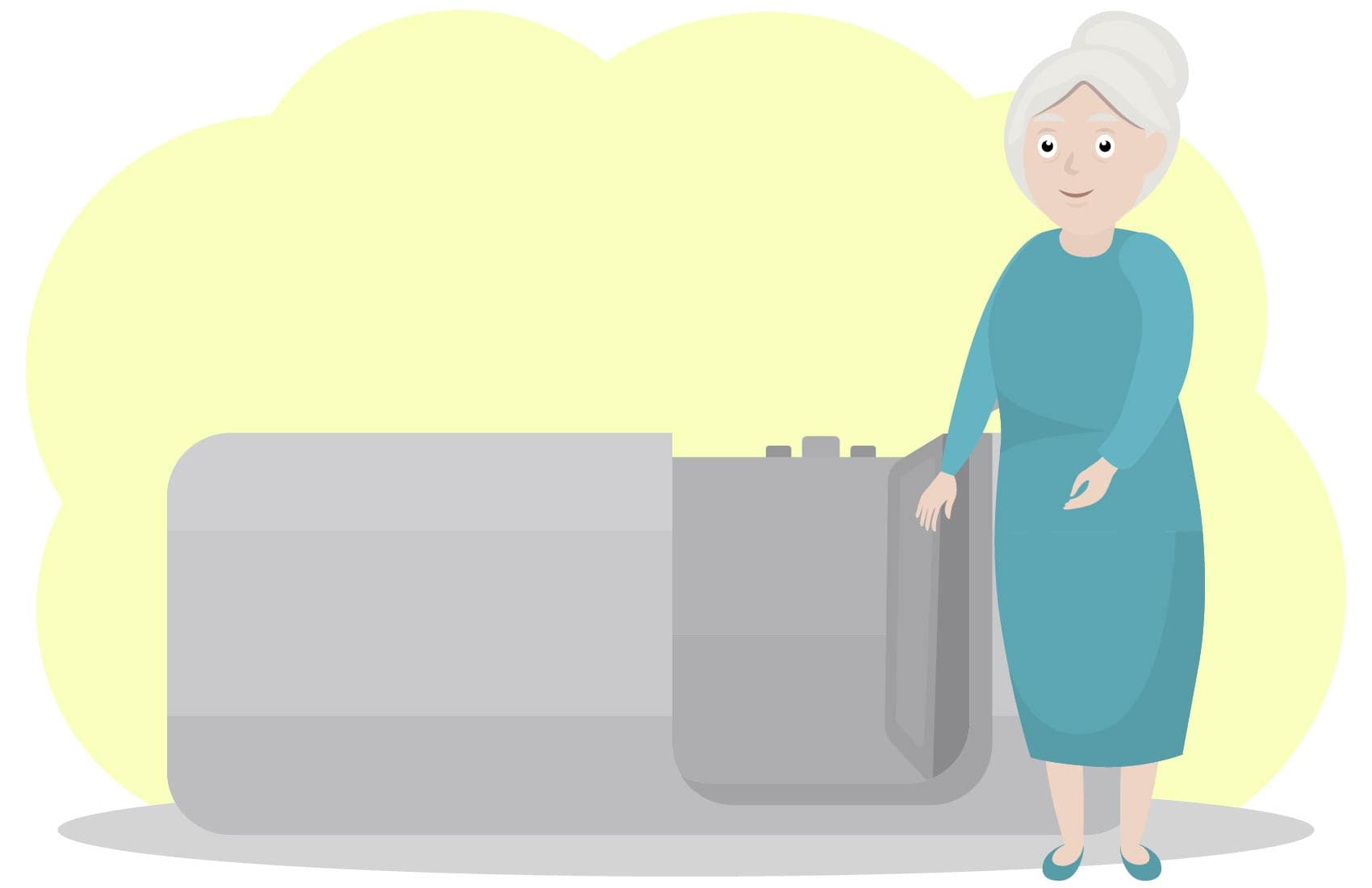
Walk-in tubs are another great way of making the bathroom safer for seniors. Stepping in and out of the bath is a fall risk for anyone, so seniors need to take extra precautions in this area.
There are many different types of walk-in tubs, so you’ll want to do your research to find one that has everything you need to be safe and comfortable. Maybe now is a good time for that jacuzzi upgrade?
10. Be Careful Around Rugs
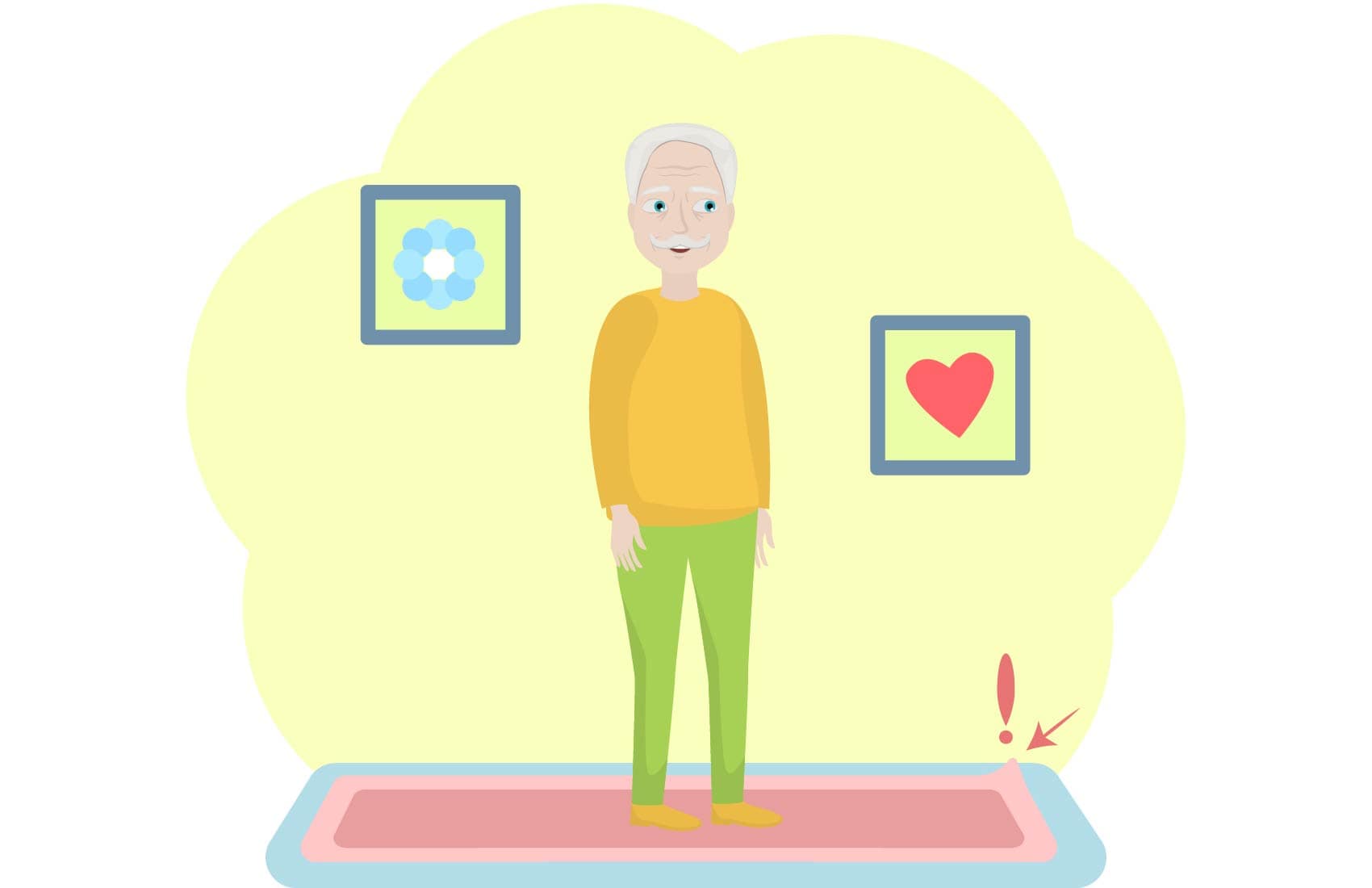
Floor rugs and mats are the most common type of in-home falling hazard. Loose carpets and those with curled or styled edges are the biggest offenders – anyone not paying attention could easily get a foot caught or slip.
If you are making a list, be sure to write down every area that has a rug, especially those that seem particularly hazardous. Better yet – make sure each of your rugs and mats has a slip guard underneath and possibly consider decommissioning any that are bulky or old.
11. Speak Honestly with Your Family and Friends
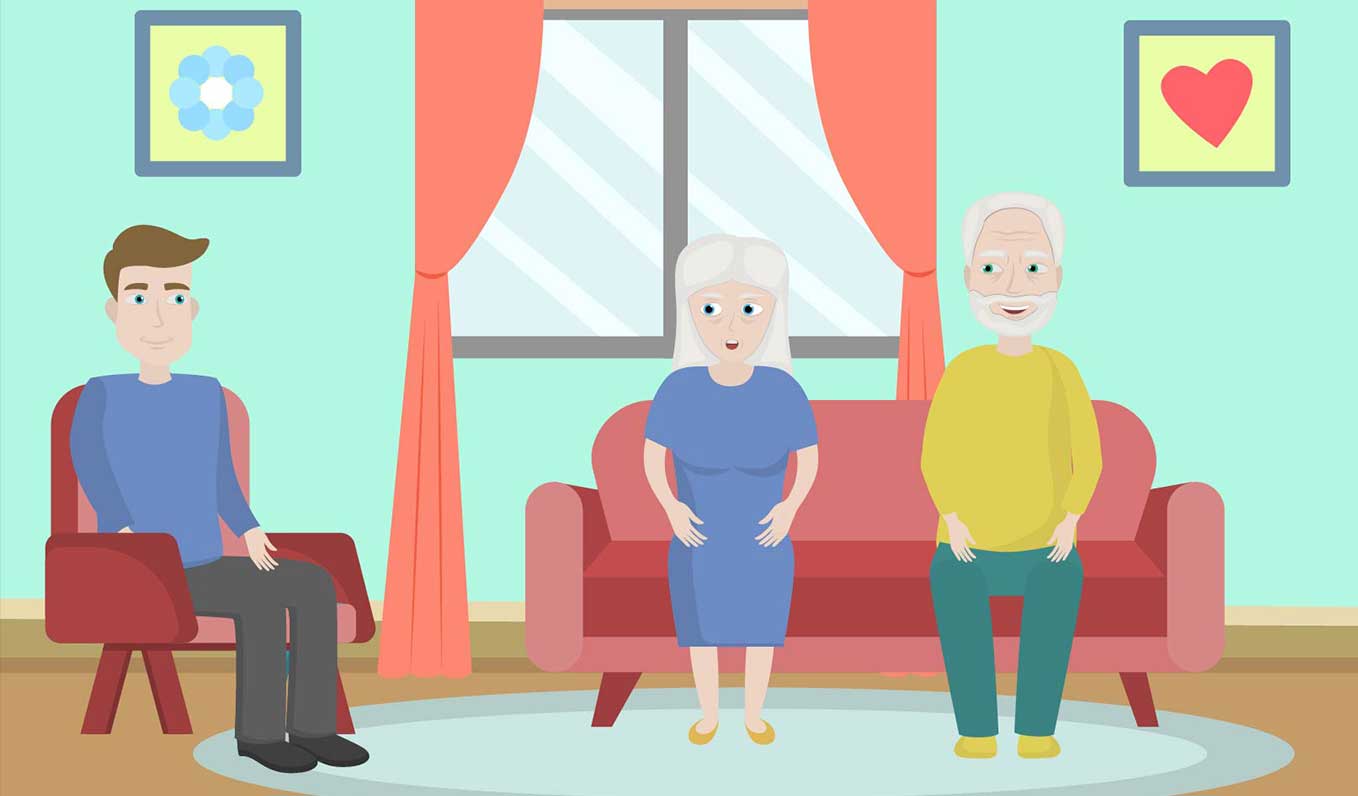
If you fear that you are at risk of falling, talk to those around you and let them know what you need. Having a great communication system will lend you a lot of support as you work to prevent falls.
For instance, consider having a conversation with your grandchildren about making sure high-traffic areas stay clean. Let your adult children and friends know that you might need to be in contact quickly. Get your friends to stop by for visits to check in – it’ll be nice to see them anyway!
Some people feel uncomfortable asking others to be aware of the things they need, however, there is never a reason to feel anxious about positive communication.
Final Thoughts
These are only a few of the ways to keep yourself safe in your home. Always remember to use common sense and consult your doctor about any safety or health issues related to aging.
In the meantime, make your home safe by using all the necessary equipment and taking care of yourself physically. You might be surprised by how much safer and more comfortable a few installations and a healthy lifestyle can make you feel.
Stay safe in your home!
If you feel like we’re missing something from this list, please let us know by making a comment below!




